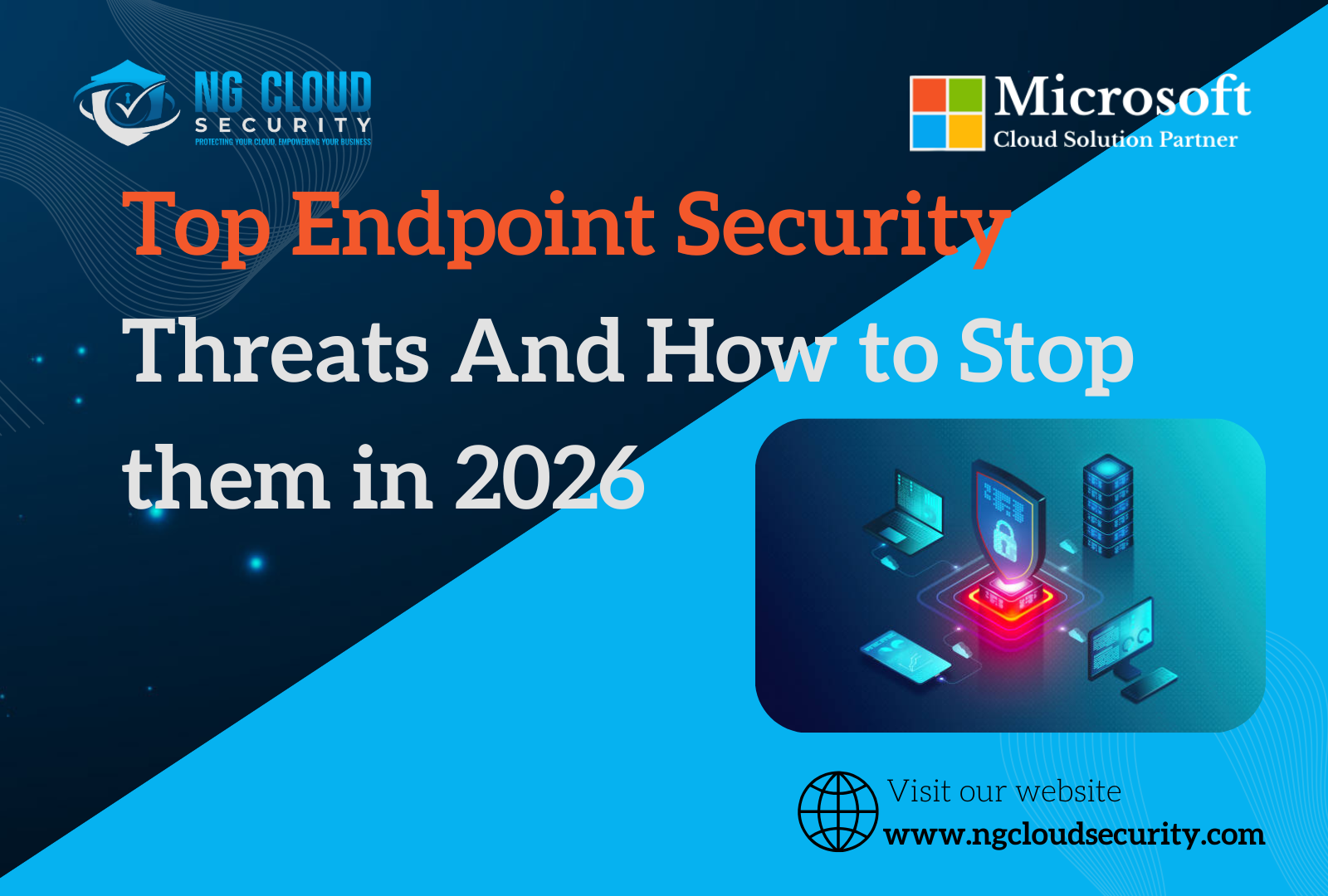🔐 Top Endpoint Security Threats and How to Stop Them in 2026
Top Endpoint Security Threats and How to Stop Them in 2026
remain a critical concern for businesses as cybercriminals evolve. With hybrid work, mobile devices, and cloud integration, endpoints are among the most targeted attack surfaces. NG Cloud Security helps organizations stay ahead using Microsoft Defender for Endpoint.
In 2026, endpoint security stands at the frontline of digital defense.
With the rise of hybrid work, mobile access, and cloud-first environments, endpoints have become prime targets for cybercriminals.
At NG Cloud Security, a Microsoft Security Solution Partner and Managed Security Service Provider (MSSP), we help businesses proactively defend every device using Microsoft Defender for Endpoint (MDE) and advanced managed security operations.
Let’s dive into the top endpoint threats of 2026 — and how your business can stop them before they strike.
🔒 1. Ransomware-as-a-Service (RaaS)
Ransomware has evolved into a full-scale business model. In 2026, RaaS kits allow even low-skilled attackers to launch large-scale campaigns.
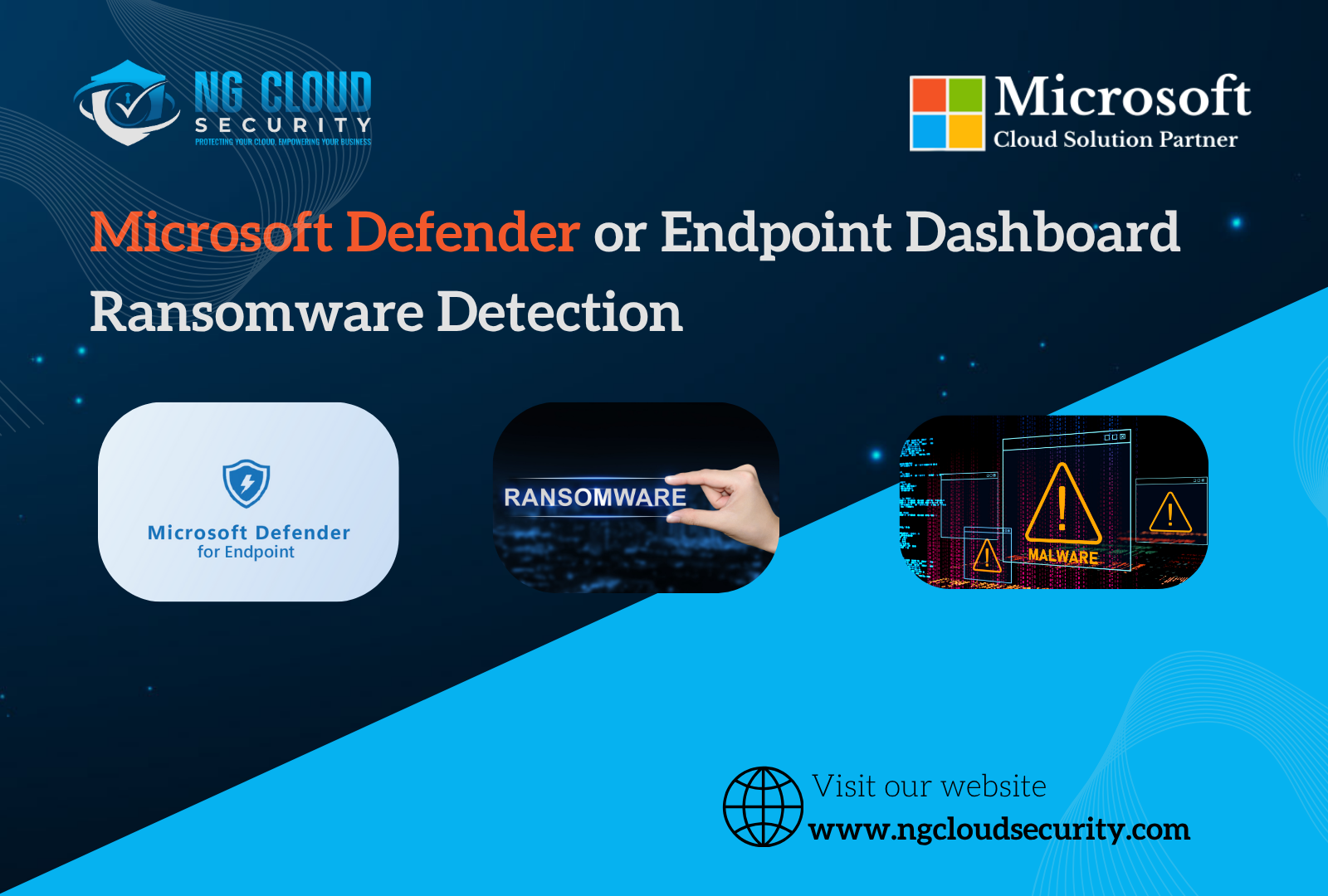
How to Stop It:
- Deploy Microsoft Defender for Endpoint behavioral detection for real-time ransomware identification.
- Apply Attack Surface Reduction (ASR) rules to block malicious macros and scripts.
- Use Automated Investigation & Response (AIR) in MDE to isolate infected endpoints instantly.
- Maintain immutable, offline backups and test restore procedures regularly.
🕵️ 2. Advanced Phishing & Credential Theft
AI-generated phishing emails and cloned login pages make it difficult to distinguish real from fake.
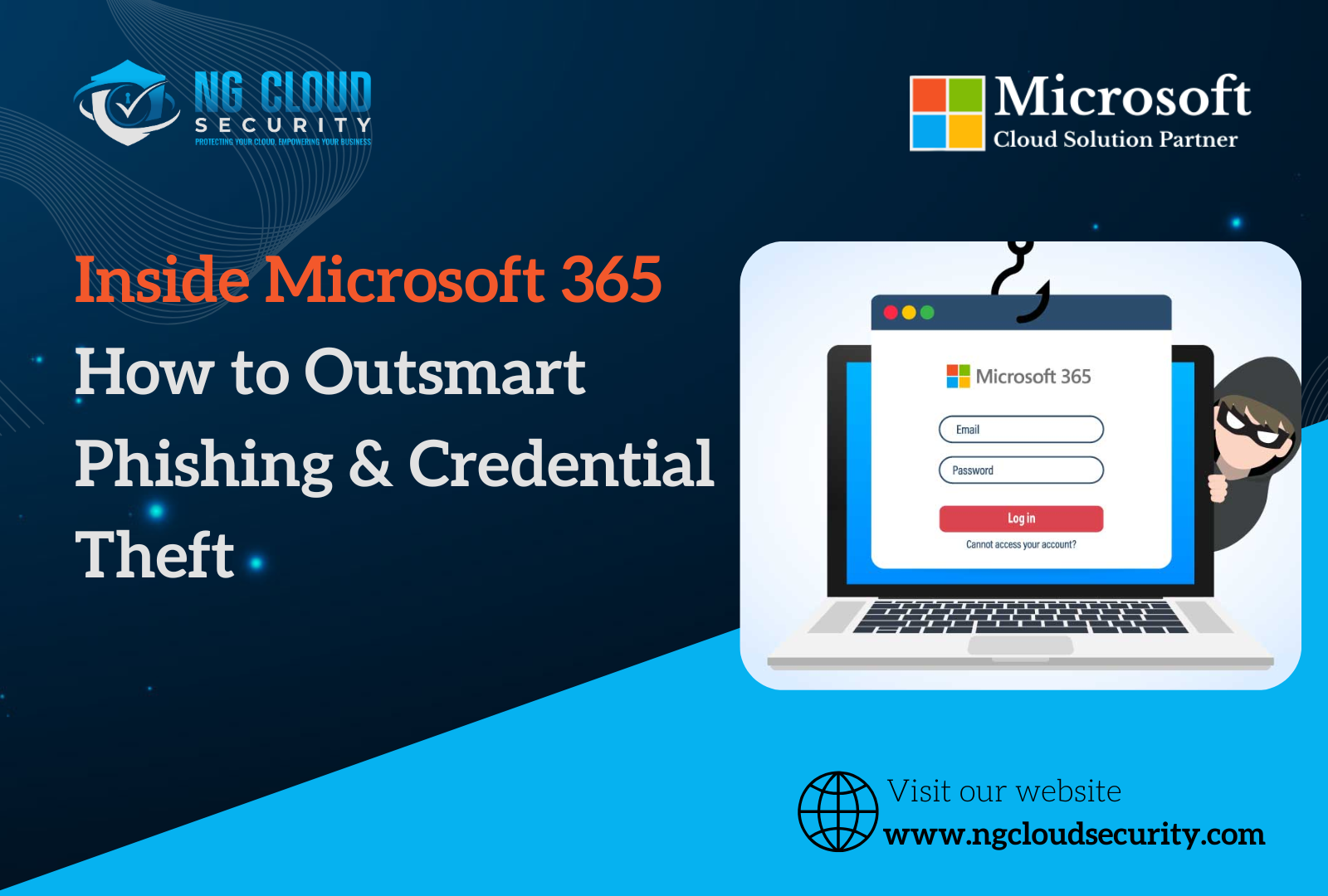
How to Stop It:
- Combine Defender for Office 365 and Defender for Endpoint for layered protection.
- Enable Multi-Factor Authentication (MFA) via Microsoft Entra ID (Azure AD).
- Run Security Awareness Training programs to boost employee vigilance.
- Monitor risky logins and compliance via Microsoft Intune + Conditional Access.
🧠 3. AI-Powered Malware
Cybercriminals are now using AI to create polymorphic malware that mutates continuously, bypassing signature-based tools.
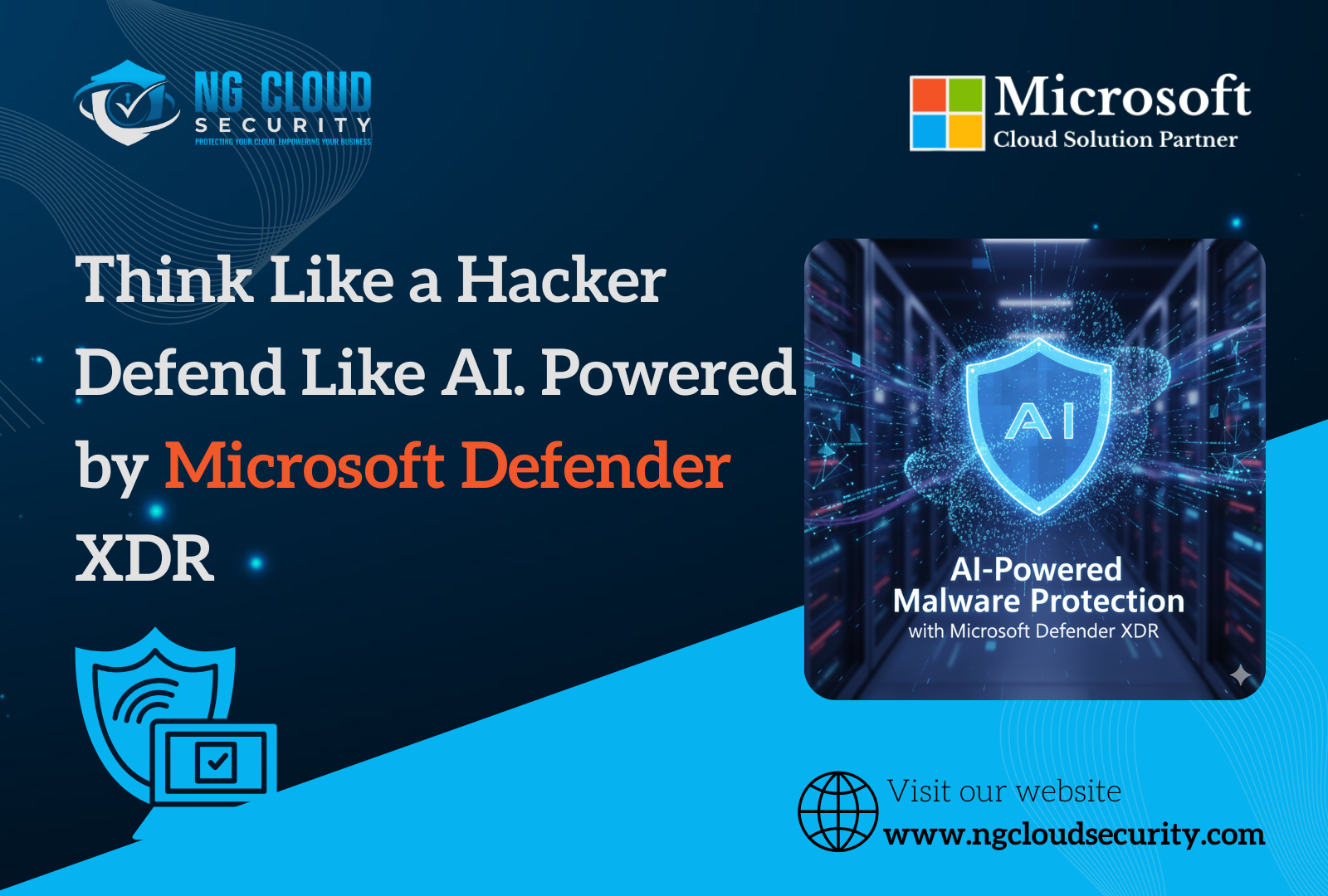
How to Stop It:
- Enable cloud-delivered protection in Defender for Endpoint for AI-driven detection.
- Enforce a Zero Trust framework — verify every user and device before granting access.
- Automate patching using Windows Autopatch or Microsoft Intune.
🌐 4. Supply Chain & Third-Party Risks
A single vulnerable vendor can compromise your entire ecosystem. In 2026, supply chain attacks remain a top enterprise threat vector.
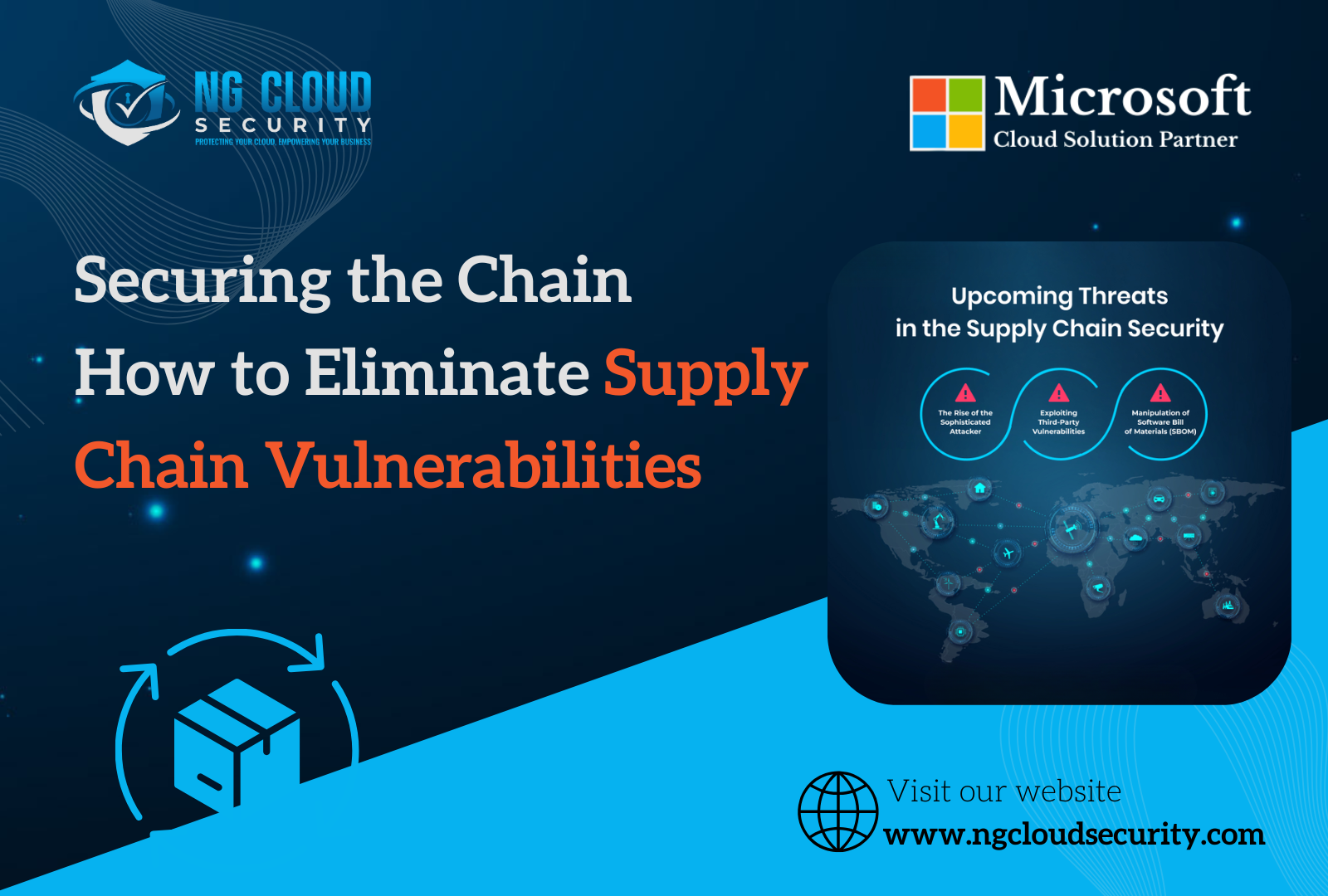
How to Stop It:
- Utilize Threat & Vulnerability Management (TVM) in MDE to find weak dependencies.
- Apply least privilege principles with Microsoft Entra ID and Azure Policy.
- Continuously monitor vendors through NG Cloud Security’s Managed Risk & Compliance Services.
💻 5. Insider Threats
Not all risks come from outside. Employees, partners, or contractors with authorized access can cause unintentional or malicious data exposure.
How to Stop It:
- Deploy Microsoft Purview DLP & Insider Risk Management.
- Use Defender for Endpoint and Intune for continuous activity monitoring.
- Apply Role-Based Access Control (RBAC) and regularly review access logs.
⚙️ 6. Endpoint Misconfiguration & Shadow IT
Unapproved devices, legacy configurations, and “shadow IT” apps weaken your overall security posture.
How to Stop It:
- Enforce centralized device management with Microsoft Intune.
- Leverage Defender for Endpoint posture management to detect drift and vulnerabilities.
- Partner with NG Cloud Security for Managed Endpoint Services and ongoing compliance.
🛡️ Why Choose NG Cloud Security as Your Endpoint Protection Partner
At NG Cloud Security, we deliver holistic Microsoft-based protection built around visibility, automation, and Zero Trust.
Our Microsoft Security Services include:
✅ 24/7 Endpoint Detection & Response (EDR)
✅ Microsoft Defender XDR & Sentinel Integration
✅ Zero Trust Architecture Implementation
✅ Security Assessment & Compliance (NIST, ISO 27001, SAMA, CCC)
✅ Managed Detection & Response (MDR)
FAQ
1. What is endpoint security and why is it important in 2026?
Endpoint security protects devices such as laptops, desktops, mobile phones, and servers from cyber threats. In 2026, with hybrid work and cloud computing expanding, endpoints are the primary targets for ransomware, phishing, and data breaches — making endpoint protection more critical than ever.
2. How does Microsoft Defender for Endpoint protect my organization?
Microsoft Defender for Endpoint (MDE) uses AI, behavioral analytics, and threat intelligence to detect, investigate, and automatically respond to attacks. It helps organizations identify vulnerabilities, isolate compromised devices, and provide a unified security view across all endpoints.
3. What are the most common endpoint security threats today?
The most common threats include:
- Ransomware attacks
- Phishing and credential theft
- AI-driven malware
- Insider threats
- Supply chain attacks
- Unmanaged or misconfigured devices
These threats exploit weak or unprotected endpoints to access corporate networks.
4. How can NG Cloud Security help protect endpoints?
As a Microsoft Security Solution Partner and Managed Service Provider (MSP), NG Cloud Security provides:
- 24/7 monitoring with Microsoft Defender XDR
- Endpoint management via Intune
- Zero Trust implementation
- Compliance and risk assessments (ISO 27001, NIST, SAMA, CCC)
- Managed Detection & Response (MDR) services
5. What is the difference between antivirus and endpoint security?
Traditional antivirus focuses mainly on detecting known malware. Endpoint security, however, provides complete protection — including behavioral analytics, vulnerability management, automated response, and cloud-based threat intelligence across all devices.
6. Can Microsoft Defender for Endpoint integrate with other tools?
Yes. MDE integrates seamlessly with Microsoft Sentinel, Microsoft Intune, Microsoft Entra ID, and Microsoft Purview for comprehensive visibility, compliance, and automated response — all managed through NG Cloud Security’s unified security framework.
7. How can I get started with NG Cloud Security’s endpoint protection services?
You can contact NG Cloud Security for a free endpoint security consultation. Our experts will assess your current setup, identify security gaps, and help you deploy Microsoft Defender for Endpoint and Zero Trust policies for maximum protection.
📧 Email: info@ngcloudsecurity.com
🌐 Website: www.ngcloudsecurity.com


